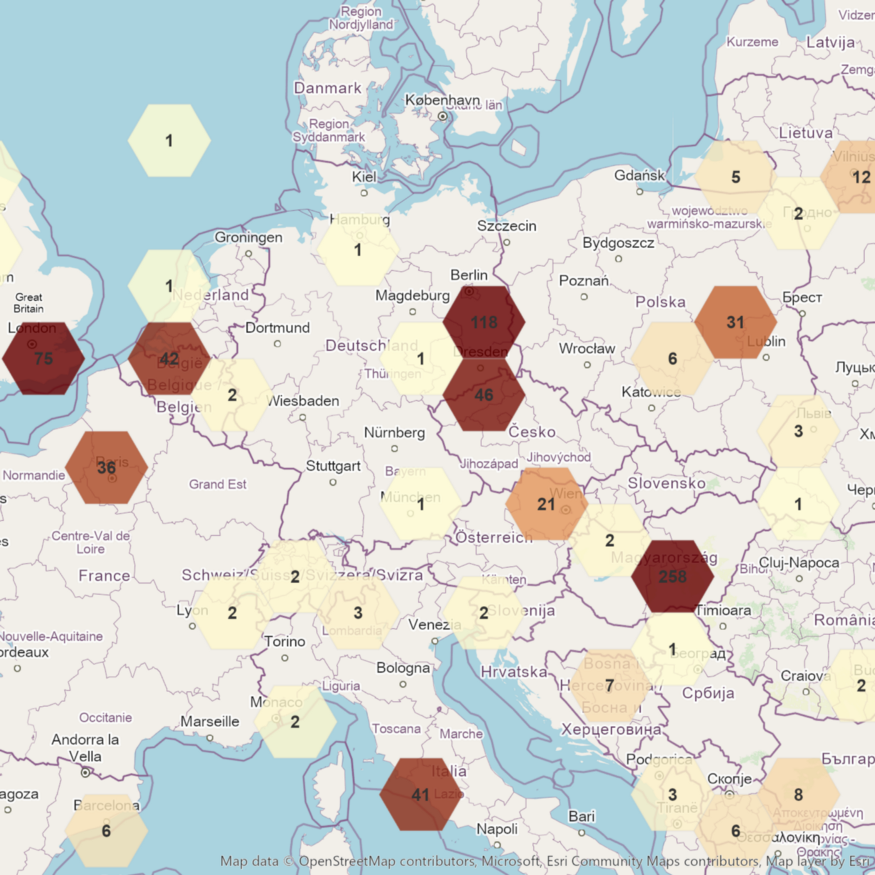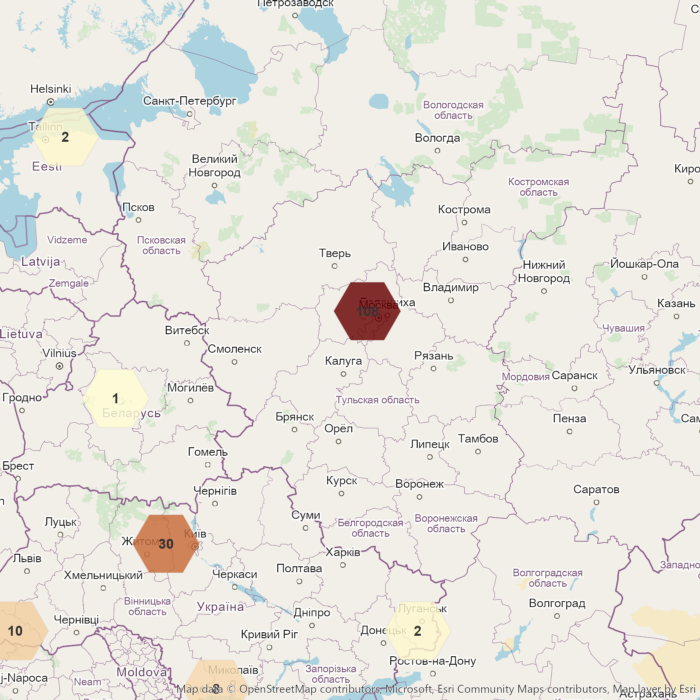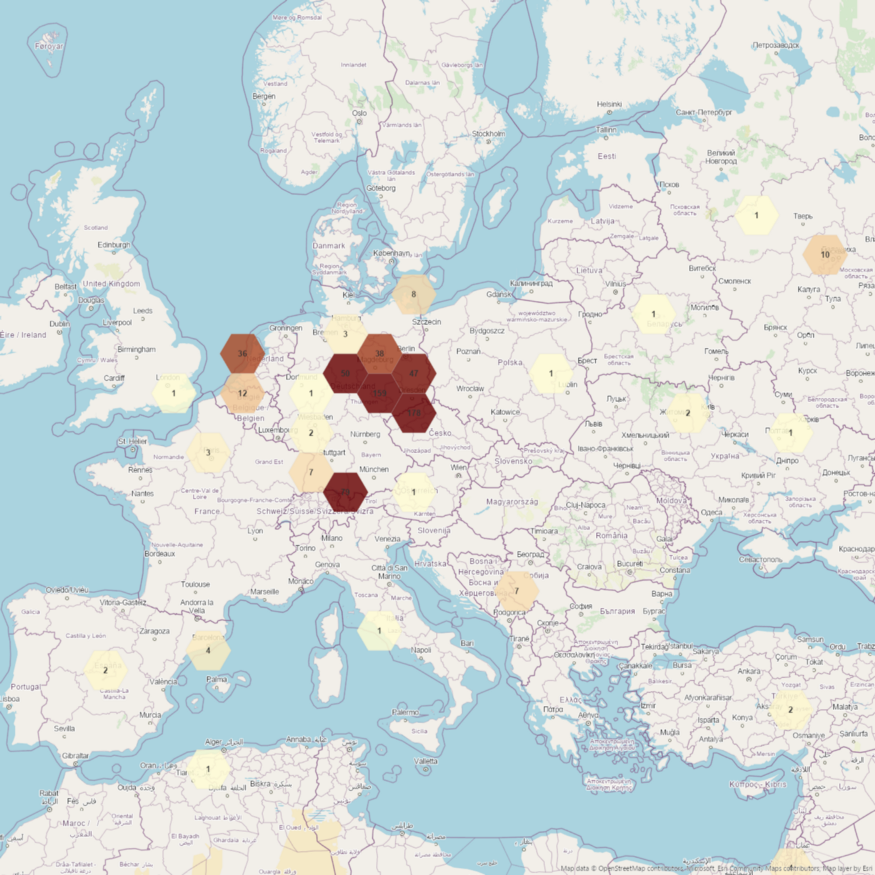Source: consumerelectronicsnet.com
This collaboration supports Esri and the geospatial community by providing users of Esri’s software with preloaded geospatial packages for use with Python. Geospatial analysts and data scientists can perform powerful new analyses using the rich ecosystem of tools within the Anaconda package repository while staying within their familiar ArcGIS environment. With over 25 million users, Anaconda is the world’s most popular data science platform and the foundation of modern machine learning. They pioneered the use of Python for data science, champion its vibrant community, and continue to steward open-source projects that make tomorrow’s innovations possible. With its pioneering commitment to geospatial information technology, Esri engineers the most innovative solutions for digital transformation, the Internet of Things and advanced analytics.
Link:


